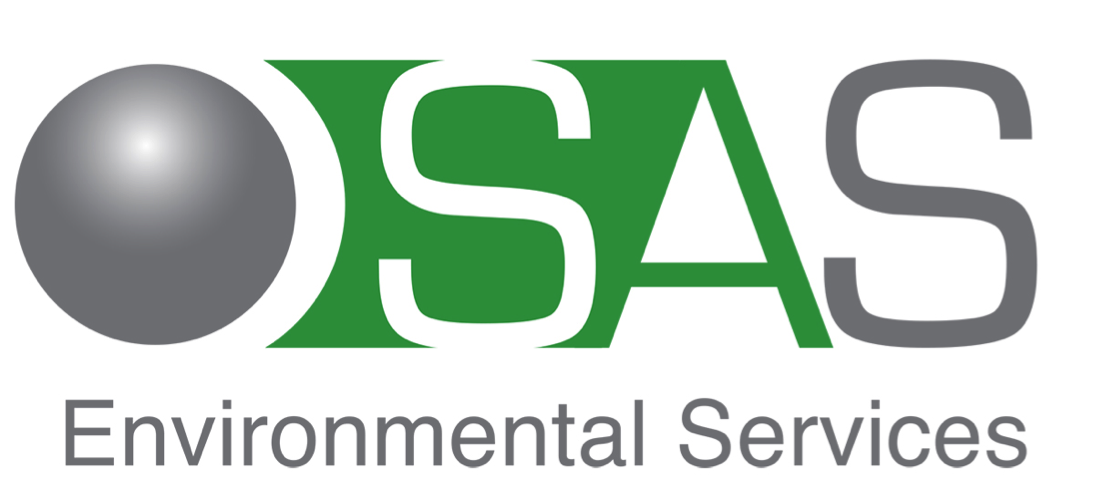Polymers vs. SAS Chemistry
/Are you sure polymers are the best option for your oil sludge treatment operations?
One of the most frequently asked questions we receive is, “how are the SASES chemicals different from ploymers (flocking agents)?”
In this post, I’d like to provide a simple explanation as to how they’re different, and in doing so encourage you to ask yourself if polymers are the best option for your oil sludge treatment operations.
This explanation is designed for those with little knowledge of chemistry. For those who are interested in the full technical explanation, please feel free to give us a call to discuss in more detail. It’s an extremely interesting topic, but most lose interest after the first 30 seconds.
I’ll start by defining what I mean by the term “oil sludge & slops” and typically what our customers are trying to achieve through treatment. “Oil sludge & slops” are typically waste streams with a high content of oil and solids, with water making up anywhere from 10% - 90% of the waste. Typically, the objective when treating this type of waste is to recover the useable oil, clean the solids for disposal and clean the water, which is sent to a wastewater treatment facility. Therefore, the goal is more oil recovery, cleaner solids and cleaner water.
Here are a few images of typical oil sludge and slops:
How are the chemistries different?
Polymer based chemistries (or flocking agents) are “grabbing” chemistries. They are extremely effective at pulling particles together to form large cluster sizes. In the case of oil sludge, which contain water, oil and solids, flocking agents pull the oil and solid particles together, leaving a clean water phase. However, the downside of this type of chemistry is that you’re left with very tightly bound oil and solids, making it extremely difficult to remove the oil from the solids. In most cases, the use of polymers in this type of application results in extremely difficult to treat oil-contaminated solids. So, with polymers you get clean water, but very oily solids and you recover almost no oil.
The surfactant-based micro-emulsion developed by SASES is a “releasing” chemistry. The chemistry is specifically designed to break the chemical bond that holds the oil to the solids. This means that when the SASES chemistry comes in contact with the oil contaminated solids, the oil is released. Once the oil is released from the solids, gravity does the rest of the work to separate the oil, water and solid phases – in some cases centrifugation is used to accelerate the separation process. The advantage of this approach is that you’re left with a very clean solid, clean water and an extremely high quality oil that can be recovered and recycled/re-used or sold on the open market.
Here is an image of the waste after being treated with the micro-emulsion:
Polymers are useful for water treatment as there is not a high proportion of solids and/or oil in this type of waste. However, as the waste stops being a “contaminated water” or “oily water” and becomes a thicker oil sludge or slop, polymers often make the problem worse, instead of being part of the solution.
Polymers absolutely have their place in the waste treatment industry. However, there are definitely other types of chemistries that are more effective on the “thicker” more “oily” wastes.






